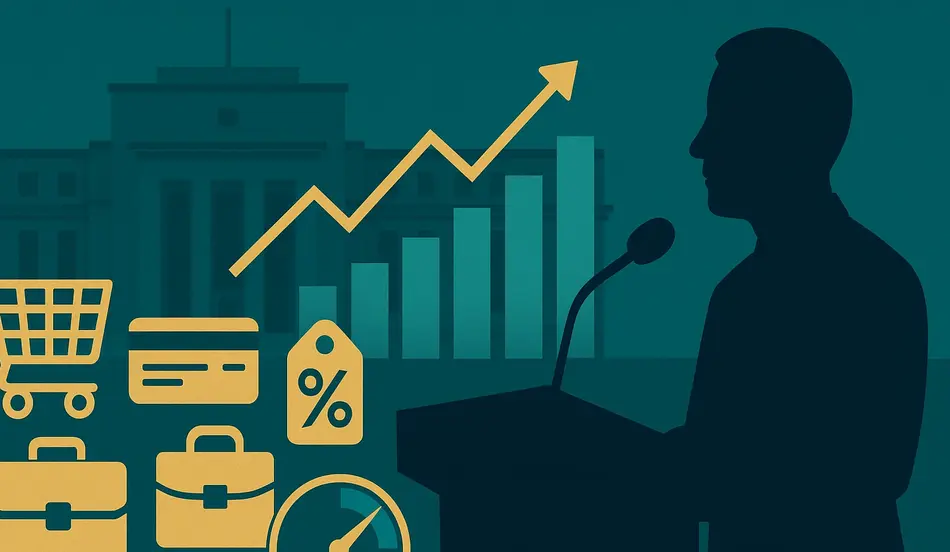Richmond Federal Reserve President Tom Barkin said today that consumer behavior will be the critical factor in shaping both inflation and employment trends for the remainder of 2025. Speaking at a regional economic forum, Barkin addressed the challenges of navigating a slowing labor market while keeping inflation in check.
The Consumer Factor
Barkin emphasized that household spending patterns—from everyday purchases to big-ticket items—will influence how inflation and employment evolve.
Consumers are increasingly engaging in:
- Bargain hunting in response to higher prices
- Stockpiling purchases ahead of anticipated tariff hikes
- Cutting back on discretionary spending in some categories
These behaviors can have ripple effects:
- Short-term boosts to demand ahead of tariff deadlines
- Long-term slowdowns if consumers become more cautious
Labor Market Insights
Barkin acknowledged the slowdown in job creation but said widespread layoffs remain unlikely for now. The main reason: the tight labor supply caused by reduced immigration and an aging workforce.
This means even as demand cools, employers may be hesitant to cut staff they worked hard to recruit in recent years.
Policy Position
While market expectations for a September rate cut are growing, Barkin signaled a more cautious approach. He said the current 4.25%–4.50% federal funds rate range is appropriate until there’s more clarity on inflation trends.
“We have to be careful not to get ahead of the data,” Barkin said. “Consumers will tell us a lot about where inflation and employment are headed.”
Plan Your Hiring Before the Rate Shift
With a Fed rate cut on the horizon, now is the time to secure top talent before the market heats up.
Post a Job Now →Sectoral Implications of Consumer Trends
- Retail: Could see short bursts of activity before tariff deadlines, followed by slower periods.
- Manufacturing: Tariff-related cost increases could alter production and hiring plans.
- Services: Hospitality and leisure may feel the pinch if discretionary spending tightens.
- Logistics: Shifts in buying patterns may create volatility in shipping and warehousing demand.
Economic Risks and Opportunities
Risks:
- A sharp drop in consumer confidence could lead to weaker hiring.
- Inflation could remain sticky if tariff-driven costs stay high.
Opportunities:
- Stable labor supply may prevent large-scale layoffs.
- Targeted policy adjustments could keep inflation in check while supporting growth.
FAQ: Consumers, Inflation, and Employment
Q1: Why are consumers so important to the Fed’s decisions?
Consumer spending accounts for roughly 70% of U.S. economic activity, making it a key driver of both growth and inflation.
Q2: How do tariffs affect inflation?
They increase the cost of imported goods, which can push overall prices higher.
Q3: Will a rate cut make consumers spend more?
Lower borrowing costs can encourage spending, but only if consumers feel confident about their job prospects.
Q4: Why is the labor market still tight despite slowing job growth?
Demographics and immigration policies have reduced the pool of available workers.
Key Takeaway: Barkin’s remarks underscore that consumer behavior—not just inflation data—will be central to the Fed’s next policy moves, making the months ahead critical for both economic and employment trends.




